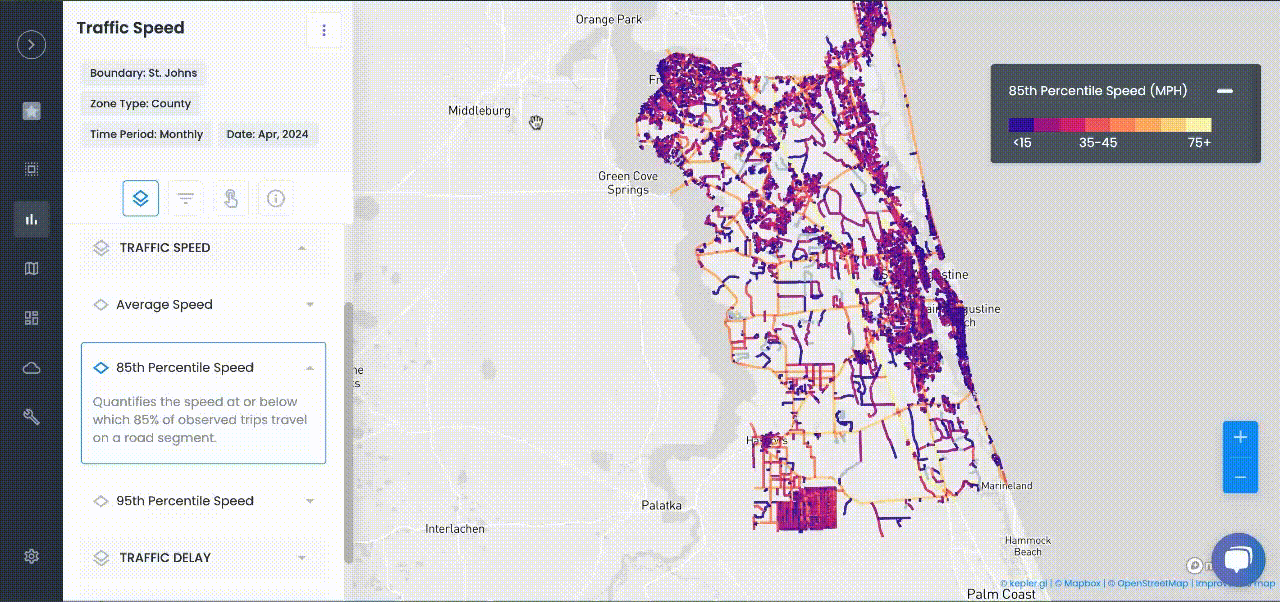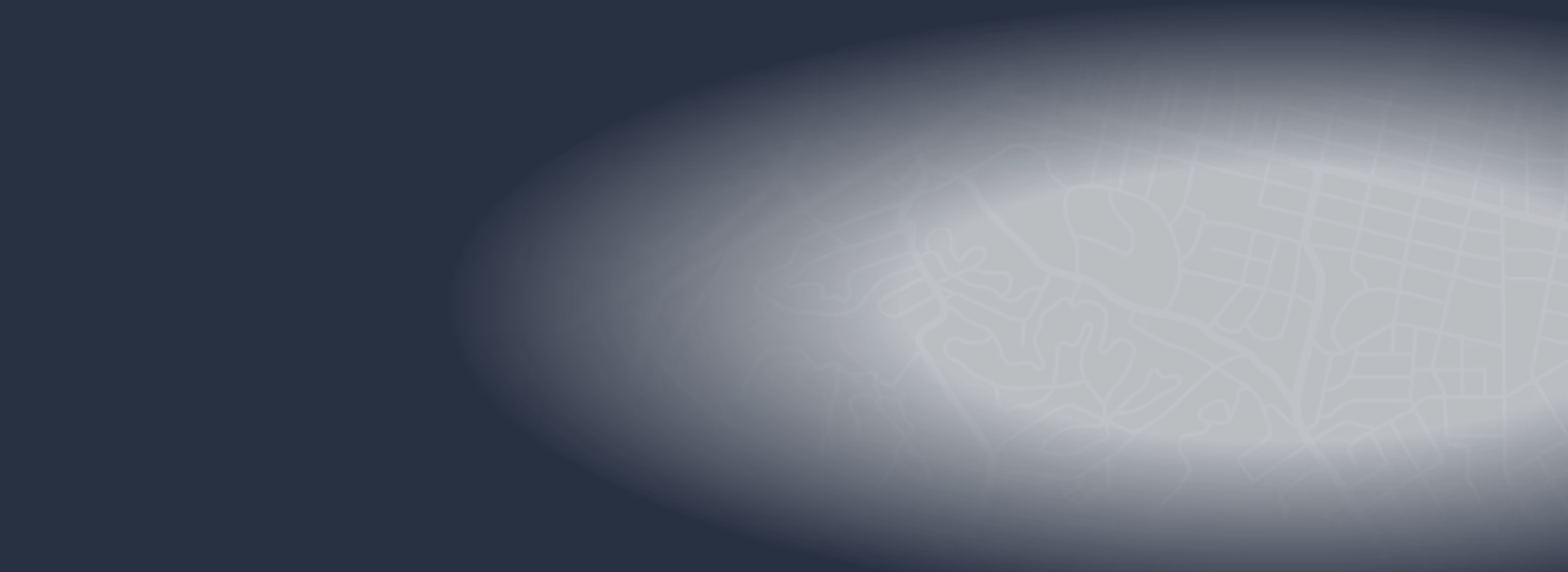
Articles
Combating Congestion and Emissions with Smart Planning
Americans are very devoted to their cars. People associate them with freedom, independence, adventure, and sex appeal. The question now becomes: how to eliminate congestion in spite of a car culture.
Americans are very devoted to their cars. People associate them with freedom, independence, adventure, and sex appeal. The question now becomes: how to eliminate congestion in spite of a car culture.
In many parts of the country, they are even a necessity, because conventional transportation planning suggests places where people are spread out, or just sparsely populated, will not be able to support public transit.
Cars are also big business — not only for automakers, but also for dealers, mechanics, aftermarket modifiers, and gas stations.
All this explains why transportation accounts for 27 percent of greenhouse gas emissions in the United States, according to the Environmental Protection Agency.
It also explains why reducing car usage is one of the most important ways policymakers can mitigate climate change.
Curbing emissions with electric vehicles
In sparsely populated areas, electric vehicles will, one day, be able to replace gas or Diesel cars and trucks.
While electric cars can still cause local pollution problems — from kicking up contaminated dust or even bits from tire wear — they have no tailpipe emissions. But in cities, cars have other problems than just their tailpipes.
Congestion is a function of the number of cars on the road, not the motive power.
Cars also take up a lot of room — parking spaces, parking lots, garages, roads, highways, and other infrastructure consume valuable land and drive up costs. They're also expensive to maintain and don't pay for themselves.
Cities are ideal for transit and would benefit enormously from the resulting reduction in congestion.
Optimizing public transit
But deciding to invest in transit doesn’t mean cities should immediately order a tunnel boring machine and start planning an imitation of the New York City Subway with express tracks and heavy rail cars.
Cities don’t even need to start planning light rail systems.
Instead, they can look to their own bus networks.
Bus networks are often developed from old streetcar networks and routes, and service levels are rarely questioned. Instead, changes are sometimes done piecemeal over time, sometimes in response to specific requests.
Looking at how riders actually use the bus system can reveal clues about how it can be better designed.
In one of the better known examples, Houston's bus system struggled for years with low ridership until planners examined it. They found that it used a conventional hub and spoke service pattern even though the city didn’t really have a downtown where workers congregated.
Getting to and from destinations took a long time and multiple transfers; eventually it was redesigned to reflect how people wanted to use it, resulting in a substantial growth in ridership.
Rethinking roadways
Some cities don’t have a problem with network design, rather buses are slow and come infrequently.
While some of this can result from a line with too many stops too close to each other, the bigger culprit is usually traffic.
A bus’s travel pattern of pulling in and out of traffic to pick up and drop off passengers can easily be interrupted by heavy traffic, drivers that won’t let the bus back into the travel lane, and traffic lights programmed to maximize car throughput rather than number of people.
It's not surprising that buses have trouble keeping to schedules in such conditions!
Exclusive bus lanes are an affordable measure that can not only increase on-time performance, but actually increase ridership and service.
Bus schedules include a lot of extra time built in to account for traffic, passenger volume, driver breaks and shift changes and so on – a bus lane can reduce the amount of extra time needed and spend more time in service.
Drivers often object, but evidence has mounted that bus lanes actually reduce traffic delays for drivers since they no longer have to deal with buses.
Investing in bike/ped
Another alternative, though some places have streets that can accommodate both, are bike lanes.
Cycling has grown in popularity over the years, and electric bikes are making it even more mainstream and accessible.
Building bike lanes, especially protected bike lanes, can not only make cycling safety, but increases the number of women, children and elders biking. A recent study in the Netherlands found that the Dutch save €19 billion a year in healthcare costs from their cycling infrastructure.
Bike lanes also increase spending at local businesses, even though business owners sometimes react with fury over bike lanes. This stems from overestimating the number of customers who go to their stores by car (a Canadian study found that business owners on a Toronto street with a bike lane estimated that 25 percent of their customers arrived by car when it was in fact four percent).
Crossing the gap
No matter what alternative modes of transportation are provided, the challenge will still be to get people to use them.
Automakers have huge advertising budgets that transit agencies and planners cannot hope to match. Moreover, they are joined by a number of interest groups willing to spend big in opposing better transit or bike infrastructure.
As civil servants, transit agency employees and planners may also be restricted in the advocacy for better policies they can do. Instead, they must hope that regular citizens become interested.
Still, planners can work to create neighborhoods friendly to transit, walking, and cycling. This can be done by restricting cul-de-sacs; ensuring streets have sidewalks; and adopting zoning measures that support infill development, establish parking maximums, and/or support shared parking.
These moves can help encourage car alternatives without being too confrontational and provoking a big reaction.
The important thing is to remember that these policies do work to reduce emissions and traffic congestion. Even the biggest car enthusiast will ultimately acknowledge that less traffic is better.
Businesses know they lose money when employees, customers, and deliveries can’t access them. Government officials know that congestion makes people angry. And now with the help of better reporting and federal initiatives, planners are able to start tactically combating congestion and emissions in their communities.
Learn more about how Urban SDK can help your organization make informed decisions using critical data. Contact our team here.

NEWS
Recent Announcements
See how public sector leaders succeed with Urban SDK.
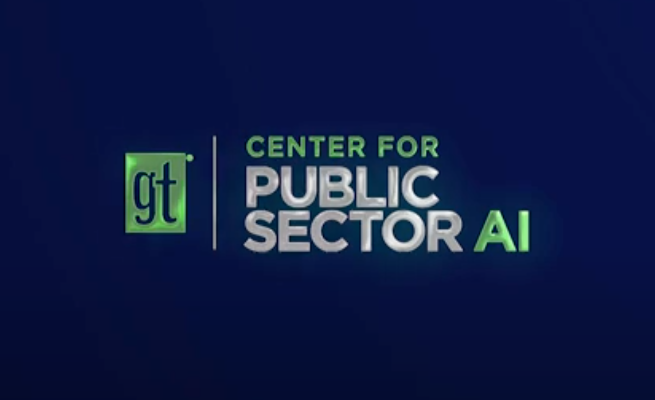
Company News
Urban SDK Joins Government Technology’s AI Council to Help Shape the Future of AI in the Public Sector
We’re proud to announce that Urban SDK has officially joined the AI Council, part of Government Technology’s Center for Public Sector AI
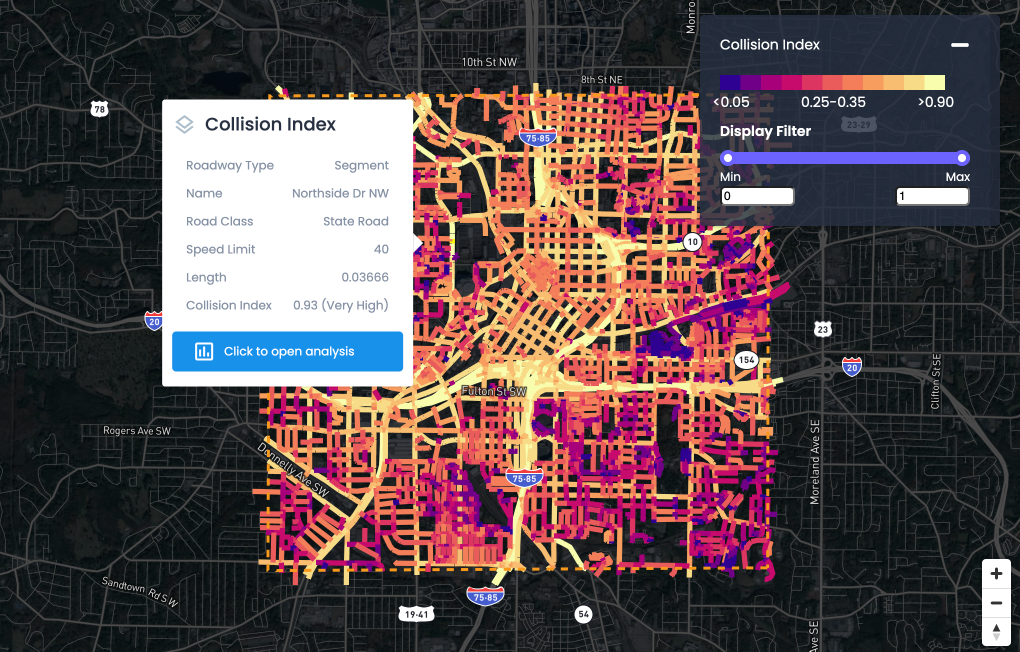
Company News
Collision Index: Proactive Traffic Safety Powered by AI
Communities now have another layer of road safety thanks to Urban SDK’s Collision Index
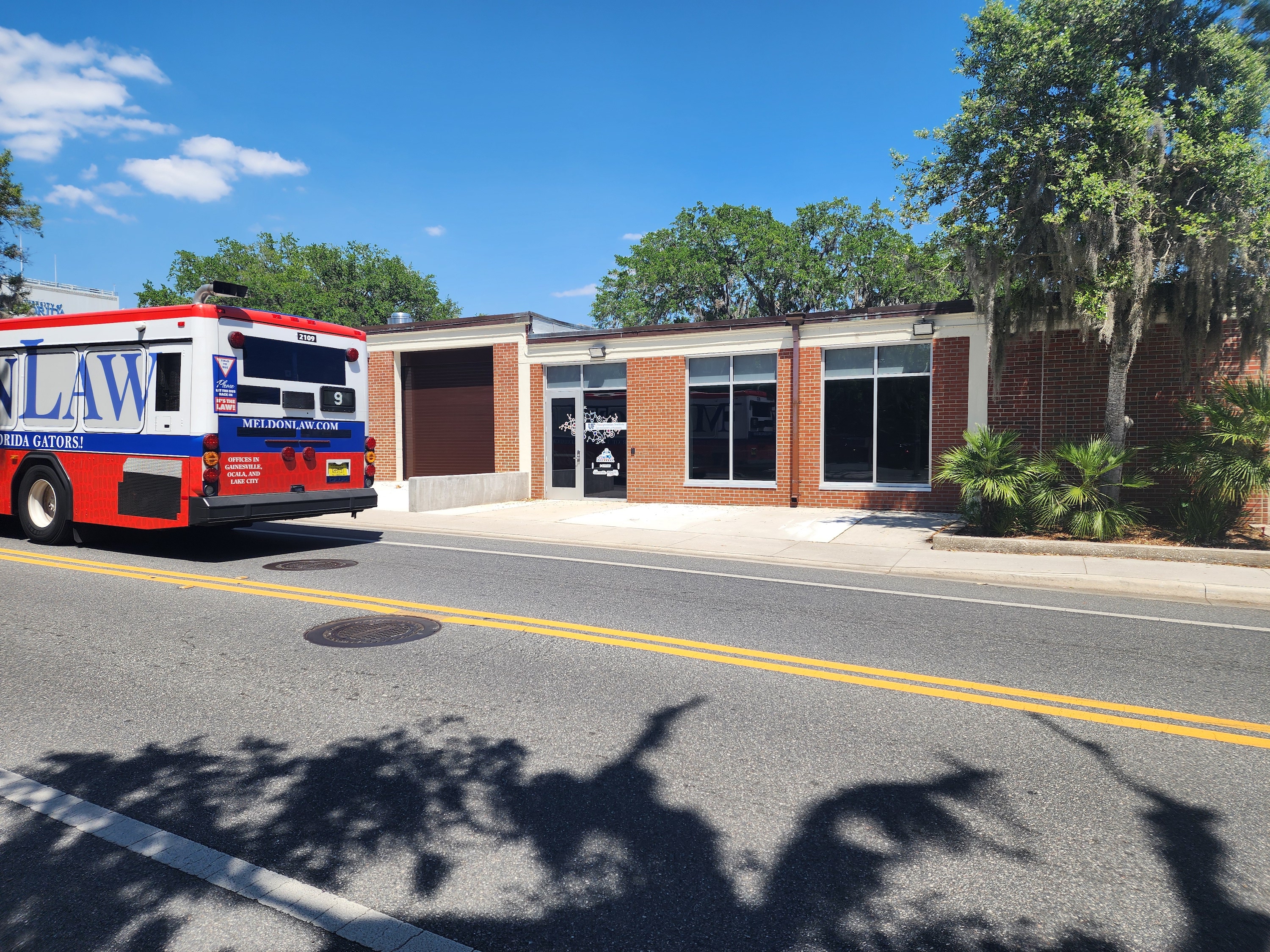
Customer Stories
University of Florida Transportation Institute Partners with Urban SDK to Expand I-STREET Program
Urban SDK and the University of Florida have partnered to expand the university's I-STREET Program
WEBINAR
Identify speeding and proactively enforce issues
See just how quick and easy it is to identify speeding, address complaints, and deploy officers.
